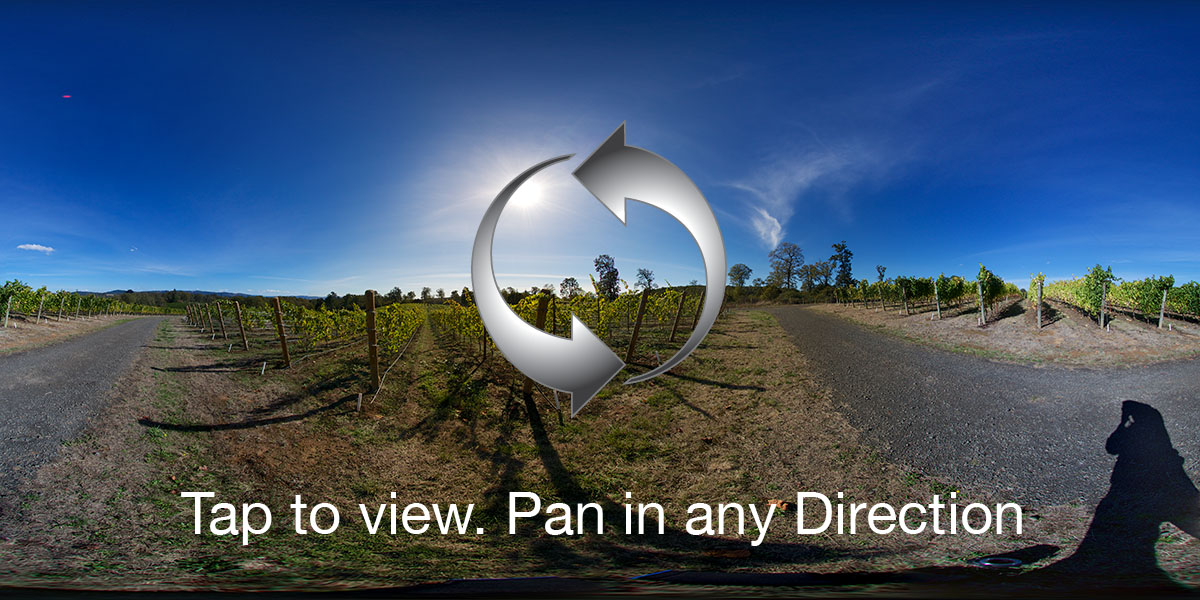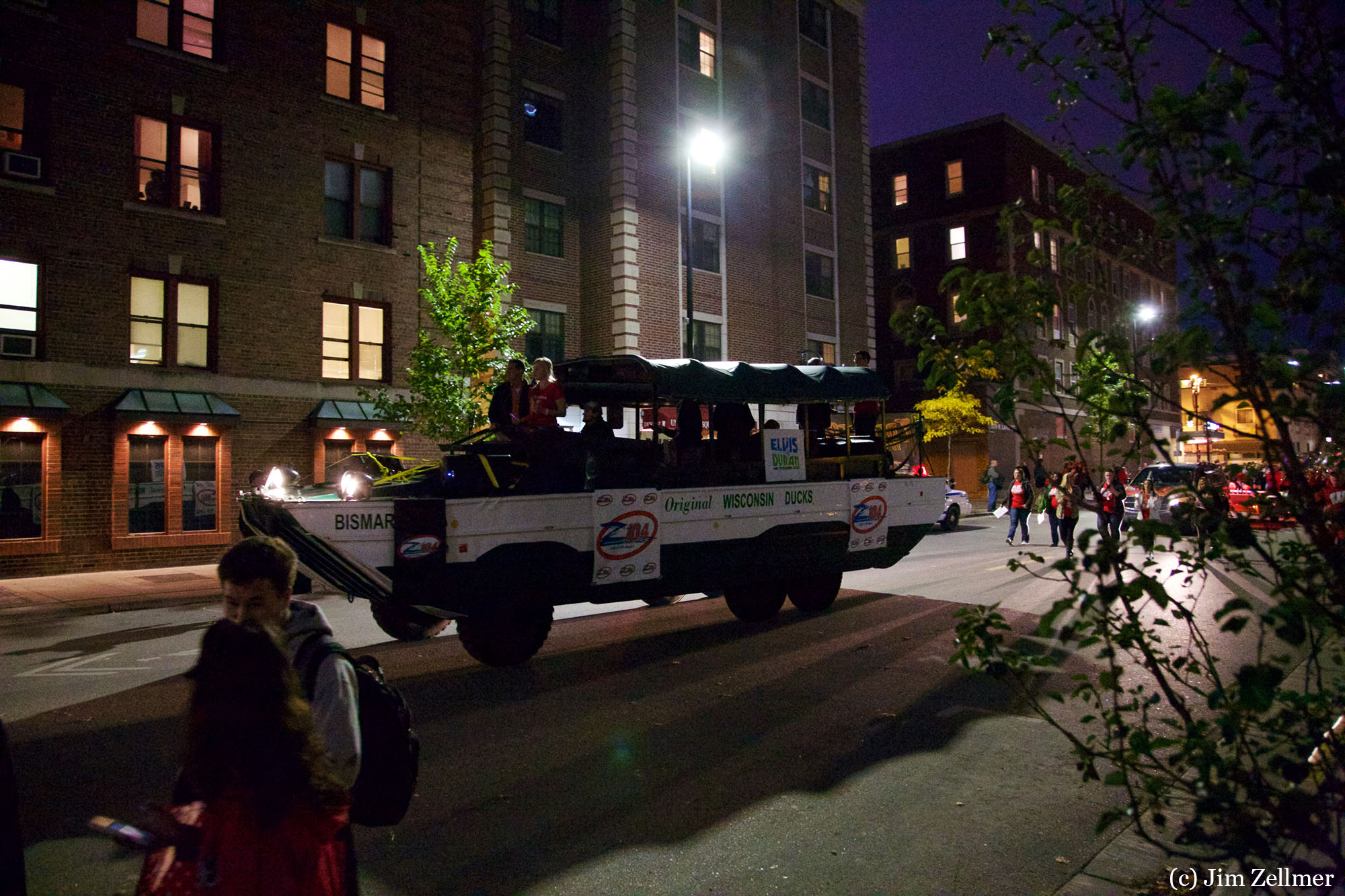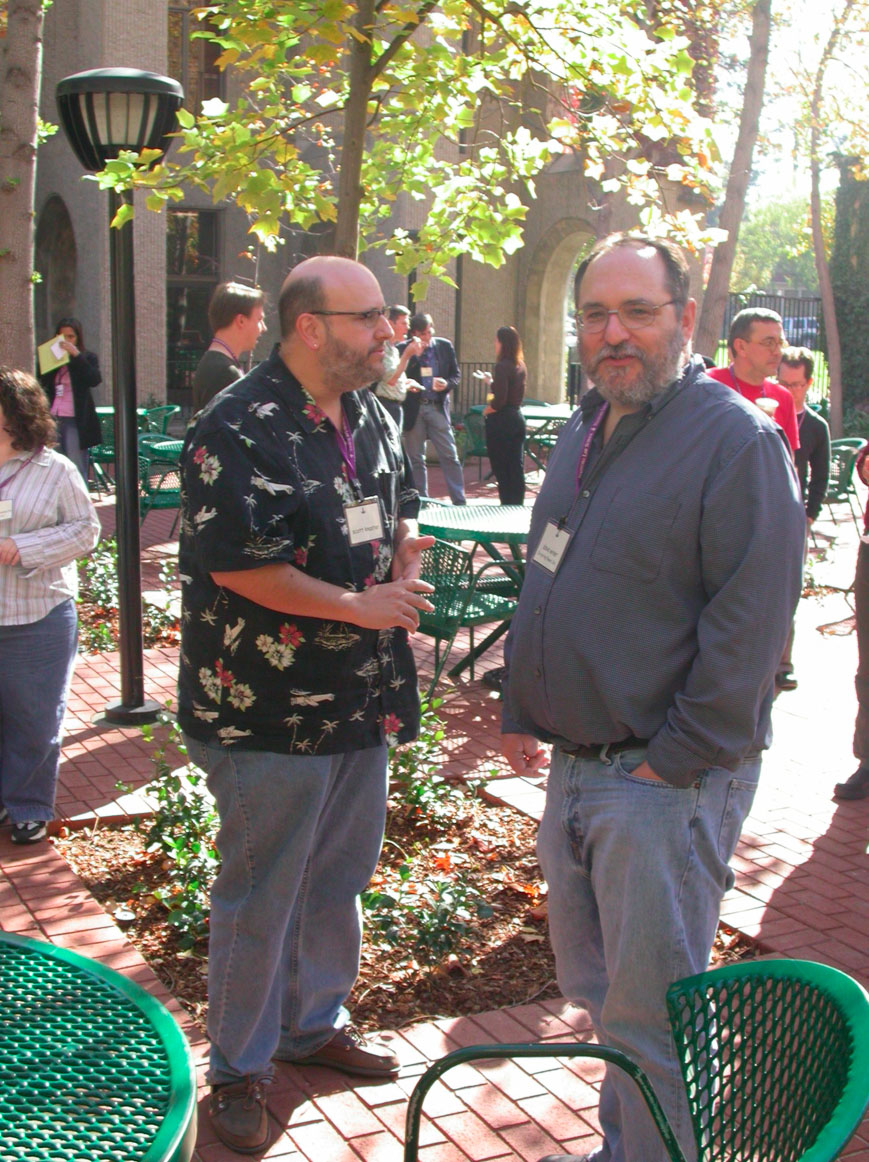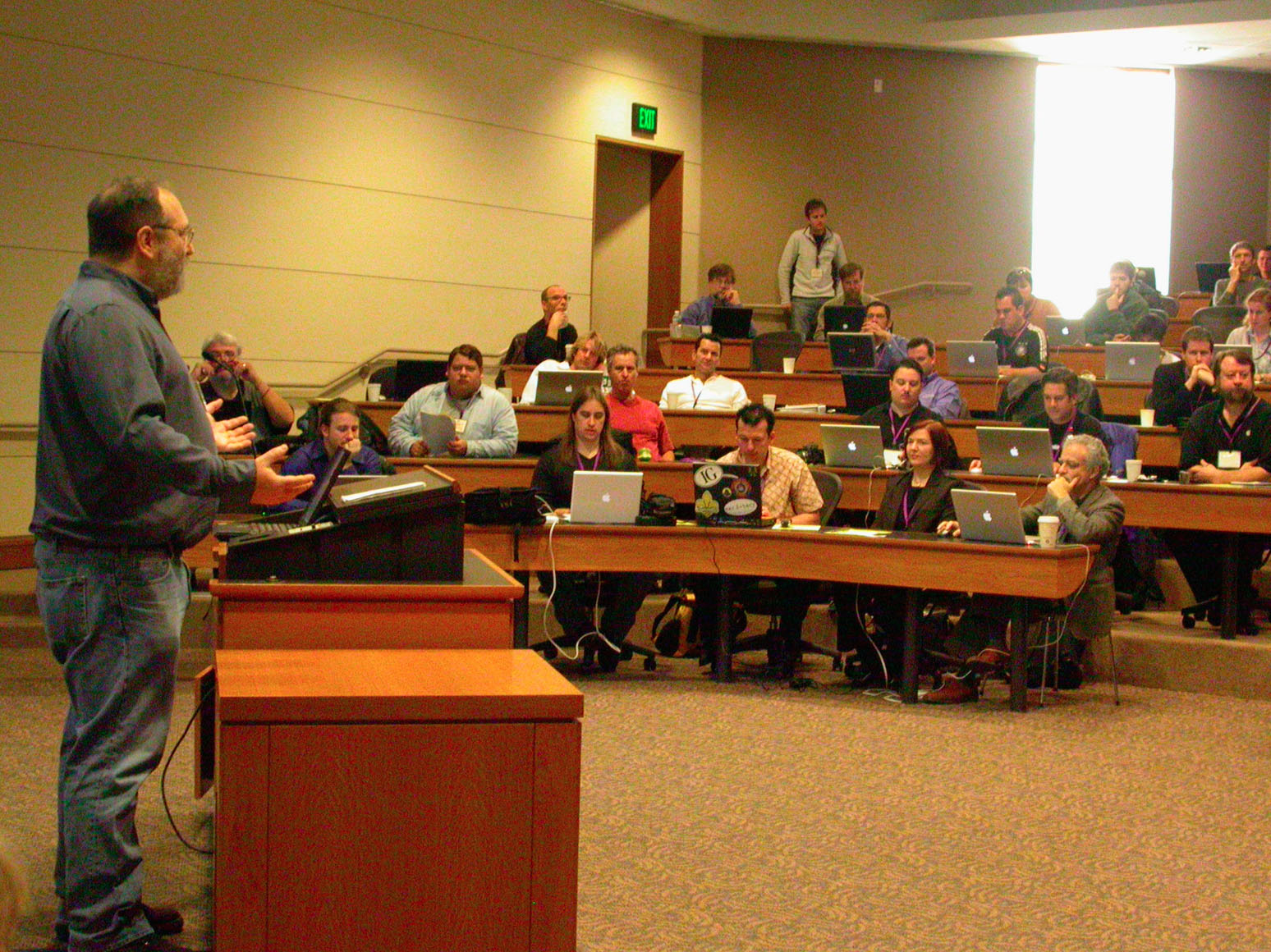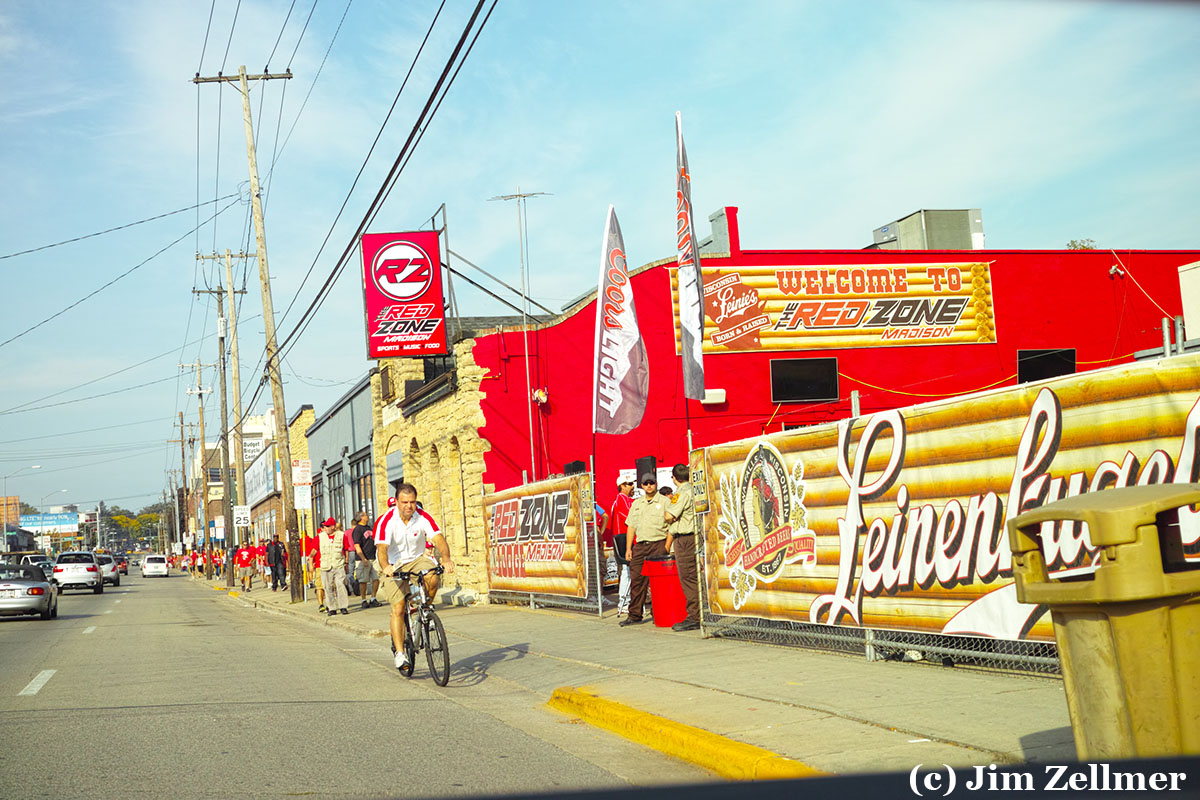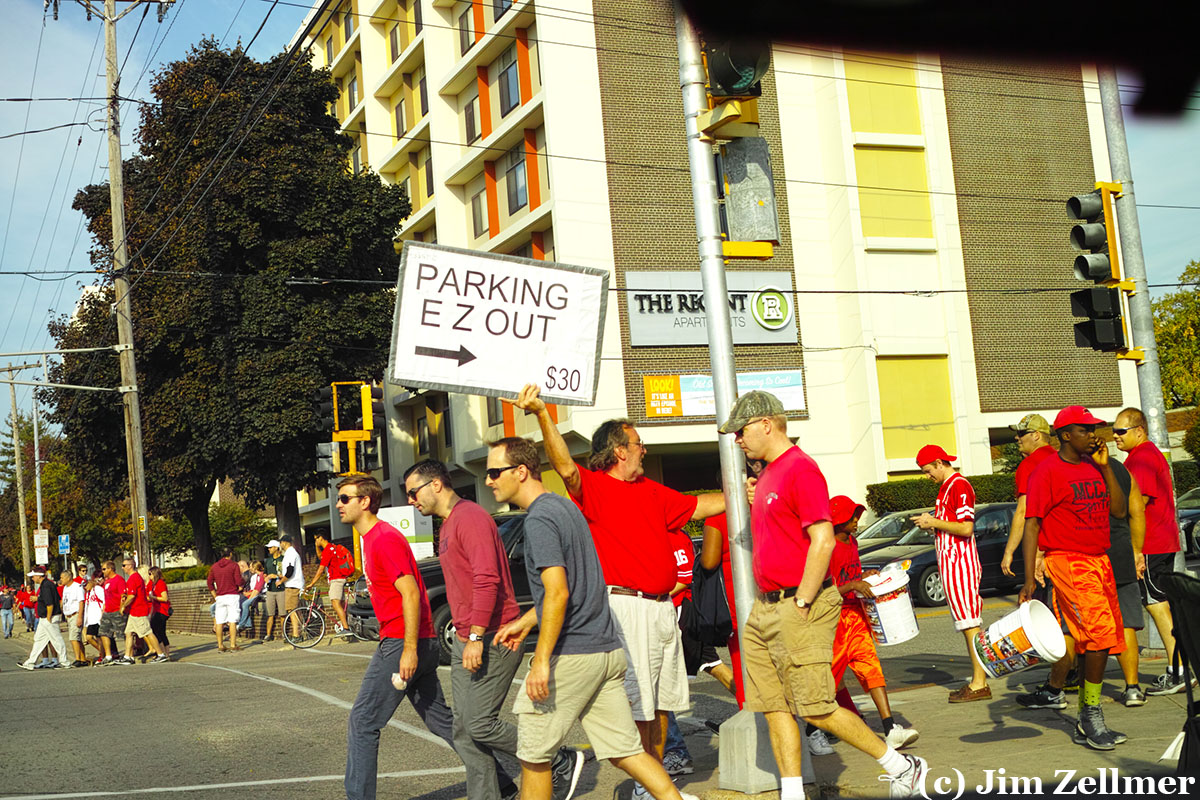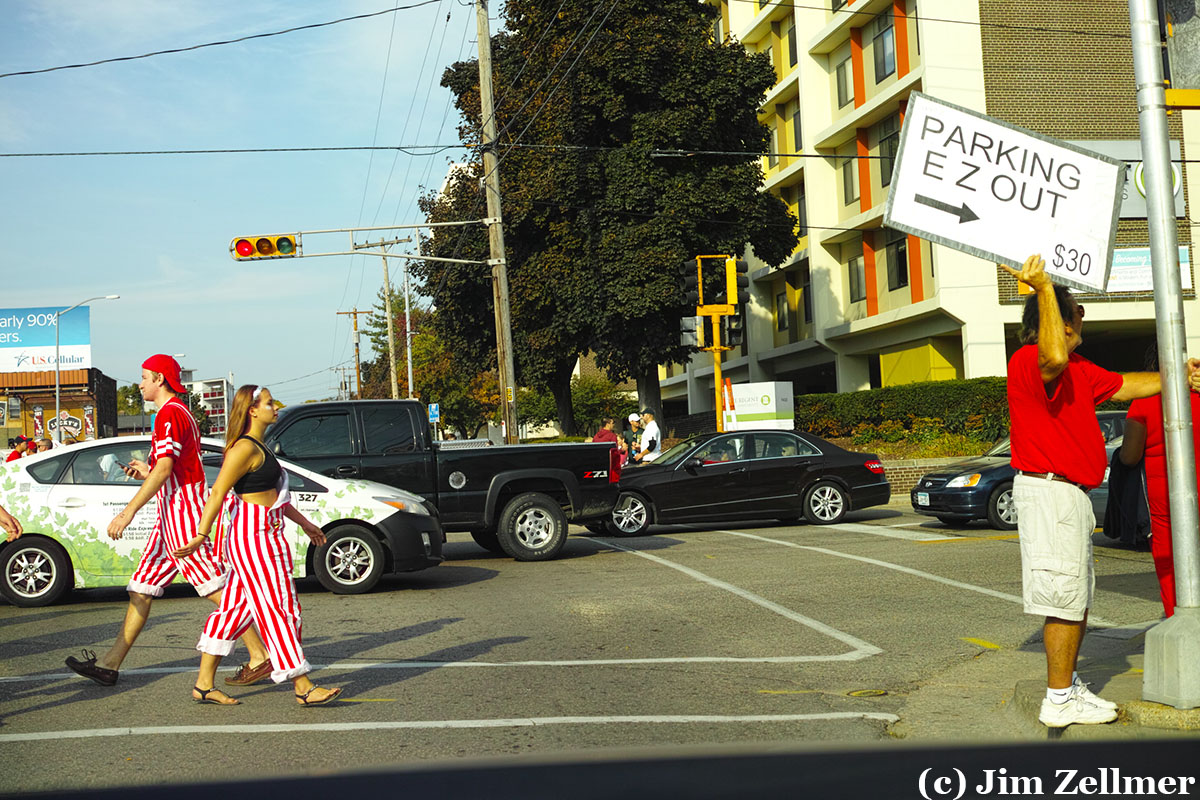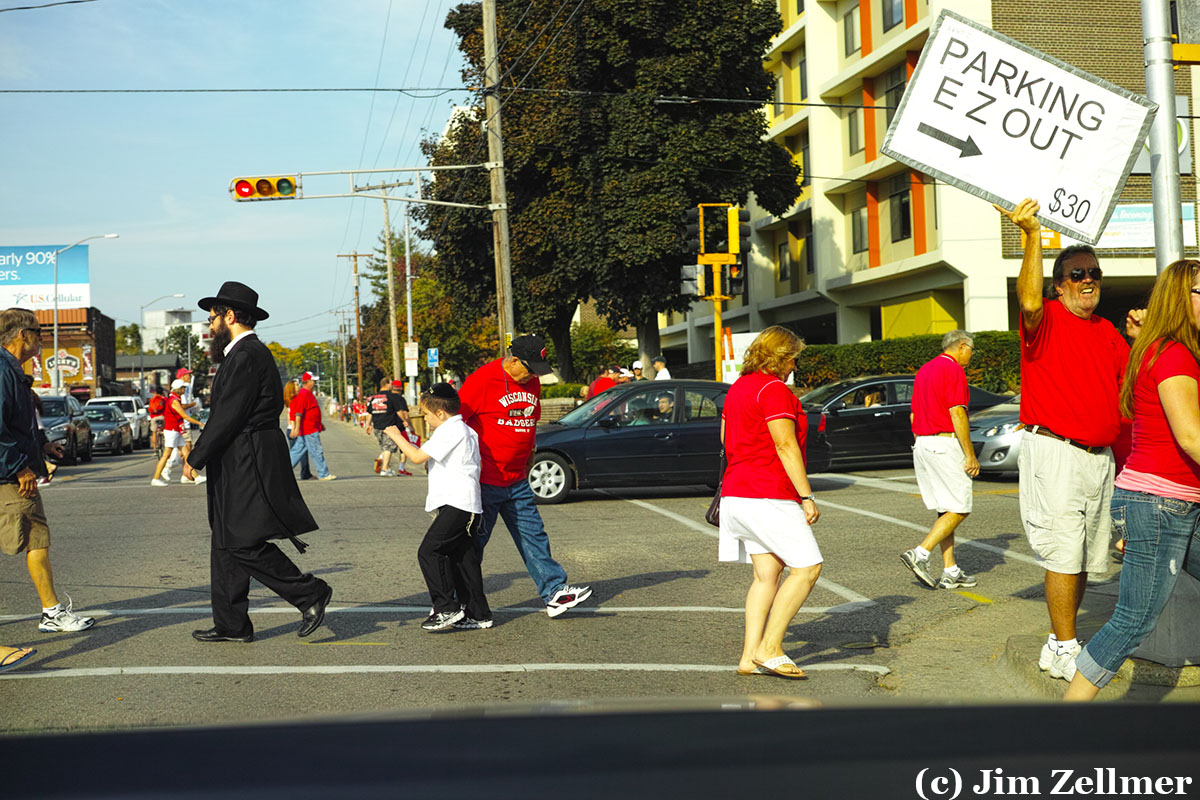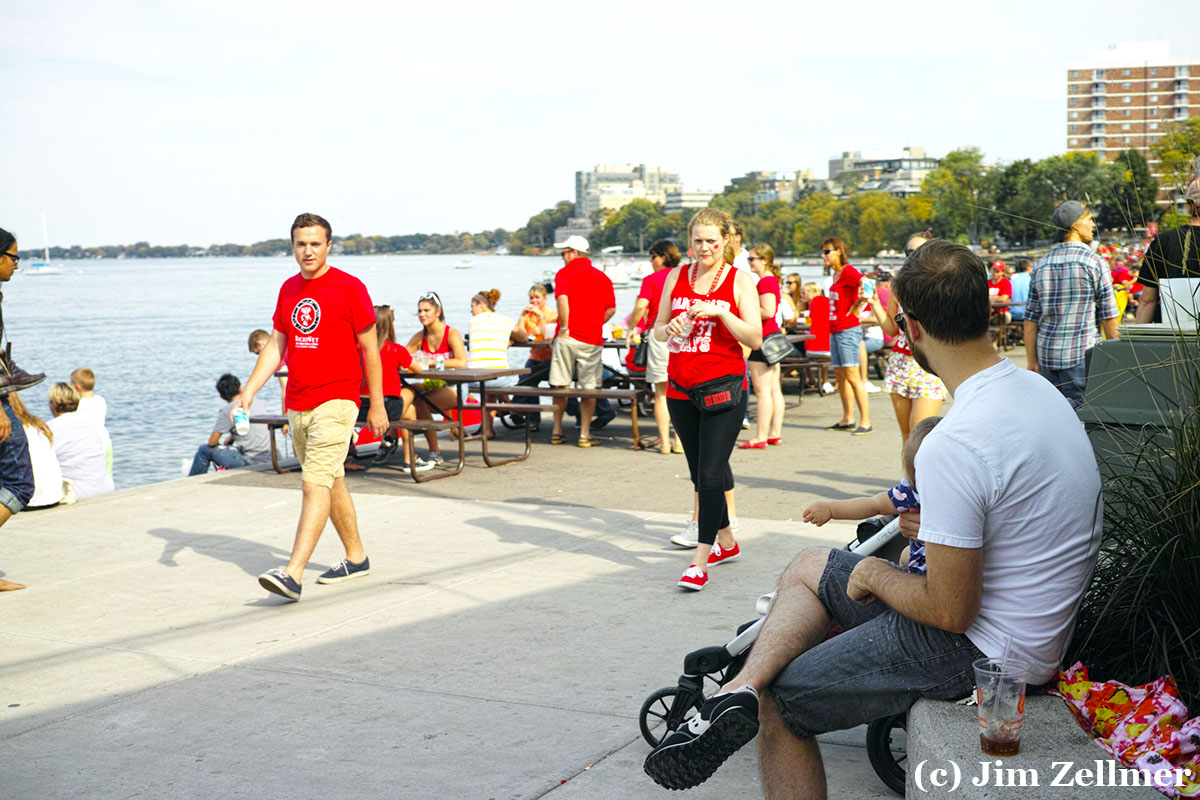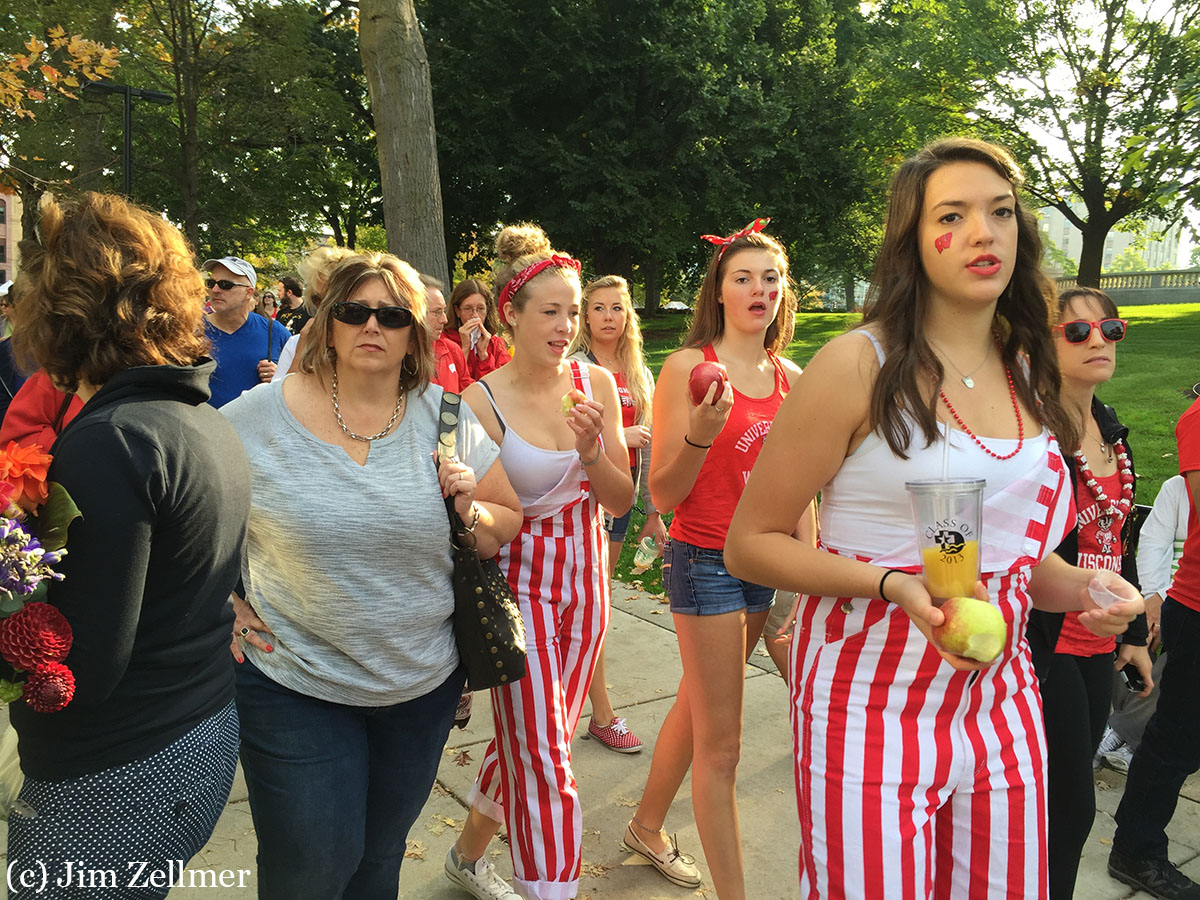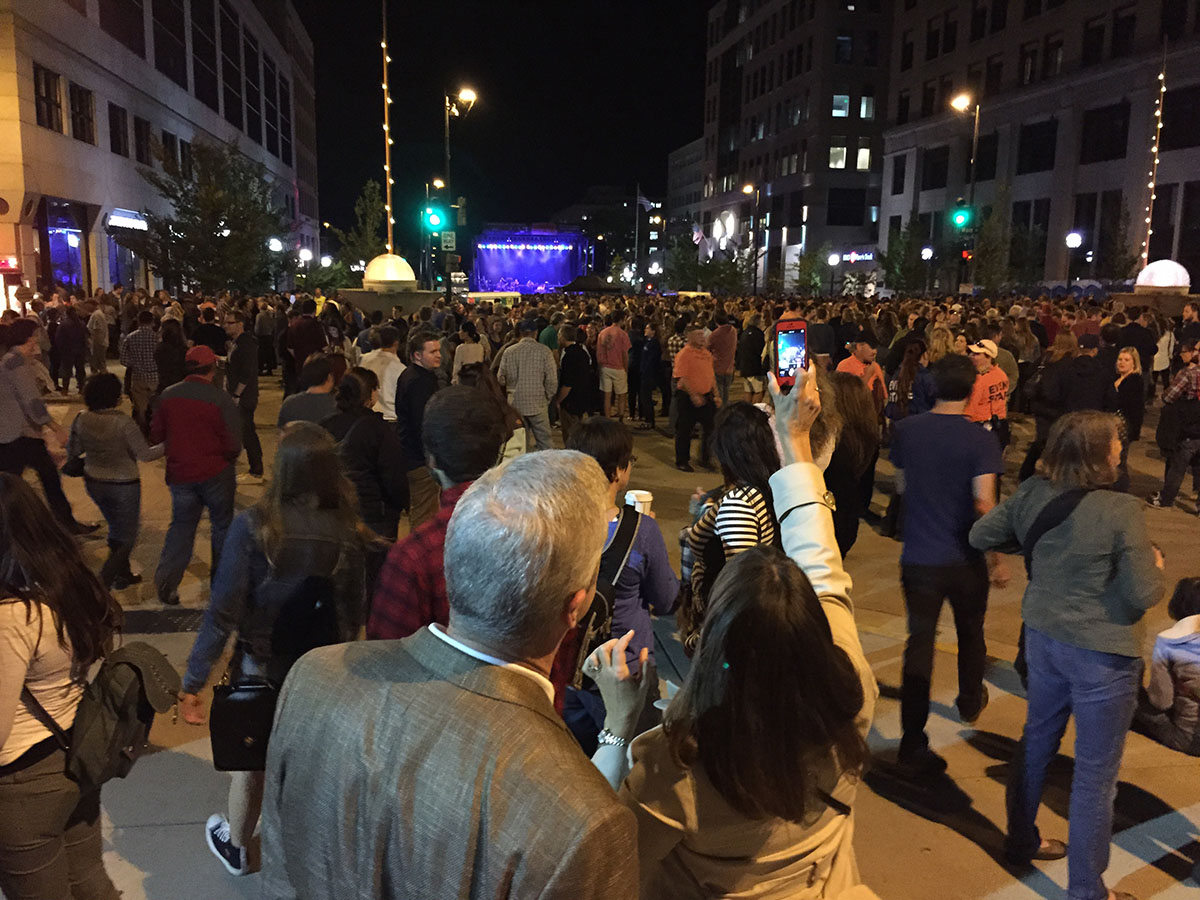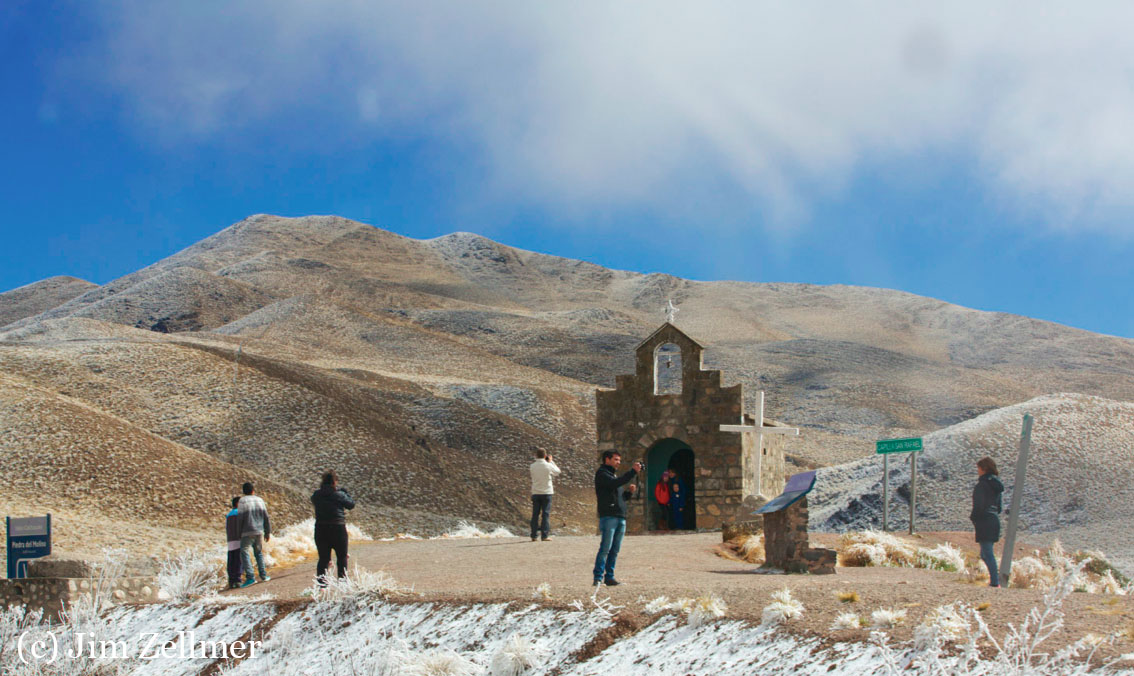
Gazing toward yesterday, I have enjoyed many seemingly random events that suddenly morph into life assets. My grandparents and parents showering me with a culture of entrepreneurship. A grad student friend who opens so many doors. Too many mentors who give freely and a chance meeting at a ski show that leads to my future wife.
Kanban: jobs and opportunities that appear “just in time”. Many travel events, including one years ago, in Mexico. A roommate and I somehow needing a lift from the Juarez airport to El Paso. Astonishingly, several Control Data (who?) executives were on our flight and kindly offered seats in their van.
Truly “my cup runneth over“.
Yet, the inverse events, those where an old acquaintance reappears, suddenly, are the most poignant.
Finishing up a recent workout, I noticed an acquaintance, a father whose child shared a preschool class with ours many years ago. Surprised, I said “I thought you migrated to warmer weather”. “We still plan to”, he replied. “We’ve had some personal challenges”. He went on to describe a very painful series of parenting events with his eldest. I could but wince while offering a hand and later prayers.
Later that day, another friend lamented at length on the state of our local public schools. “No vision”. “Money, Money, Money” and “disastrous reading”. Yet, he is hopeful, smiling while advocating and instigating radical change. Endless optimism.
Another recent day found me talking with a more distant acquaintance. I learned about the death of a young child due to a brain tumor. While thinking about just what, if anything I could possibly say, he continued “we’re Catholics and have tried very hard to turn this tragedy into something positive for other kids”. I continued listening, without comment as he mentioned the events that they have created and sponsored to raise funds for others.
Emotional rivers. So much to be thankful for.
